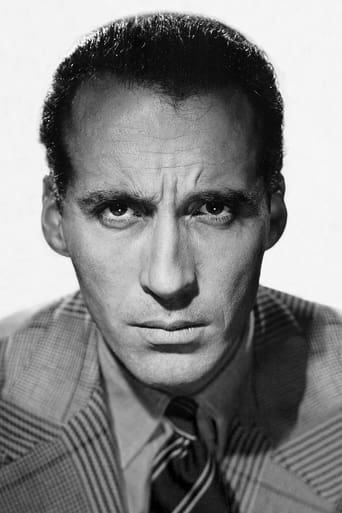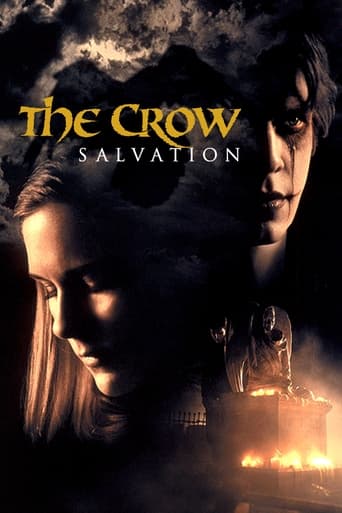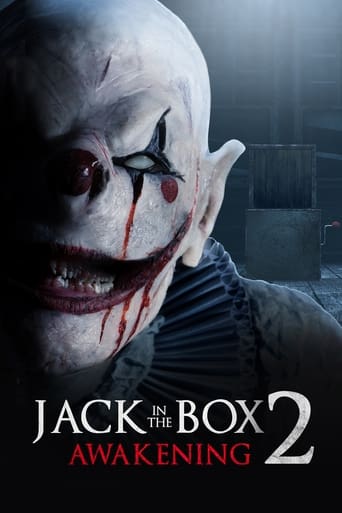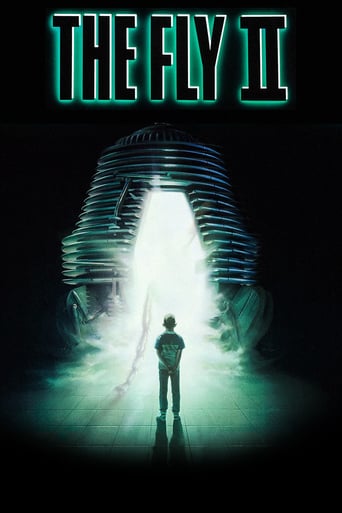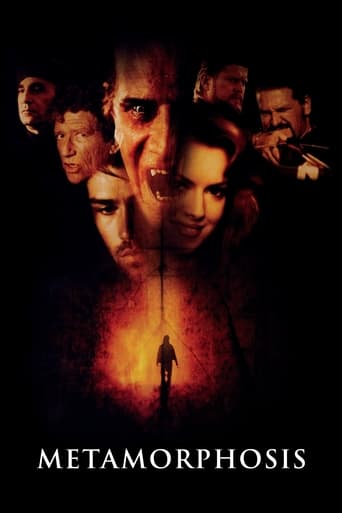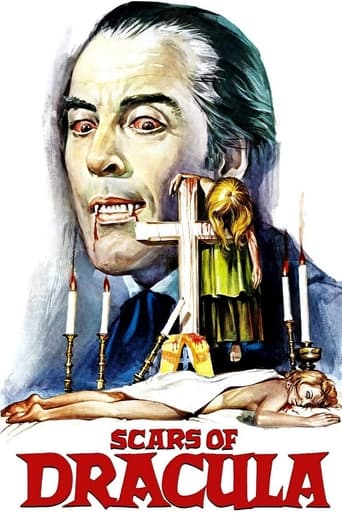
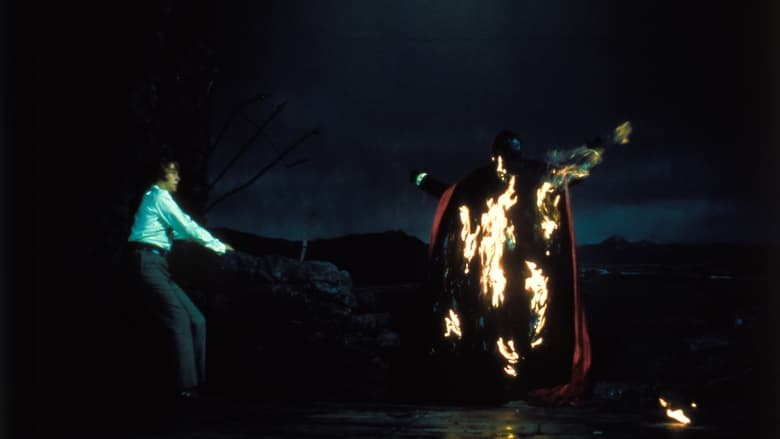
Scars of Dracula (1970)
The Prince of Darkness casts his undead shadow once more over the cursed village of Kleinenberg when his ashes are splashed with bat's blood and Dracula is resurrected. And two innocent victims search for a missing loved one... loved to death by Dracula's mistress. But after they discover his blood-drained corpse in Dracula's castle necropolis, the Vampire Lord's lustful vengeance begins.
Watch Trailer
Cast
Similar titles
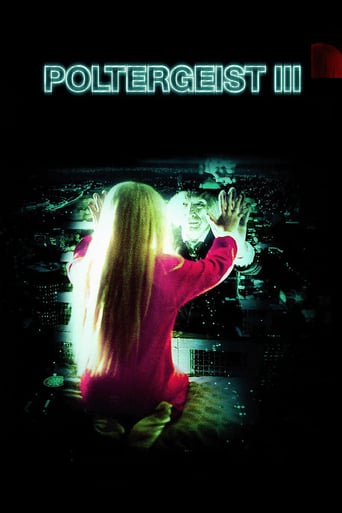
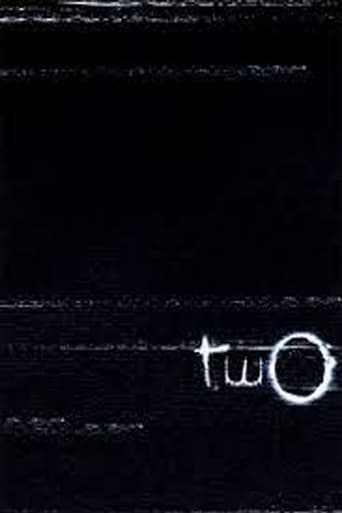
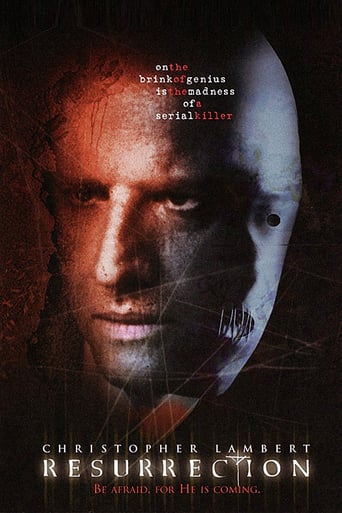
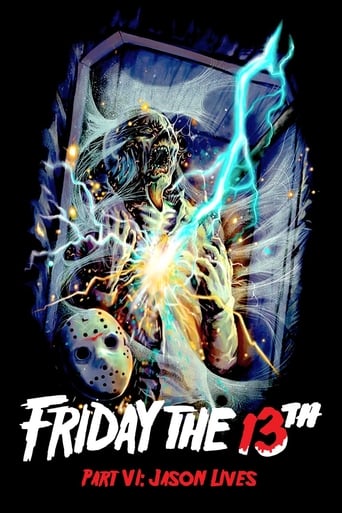
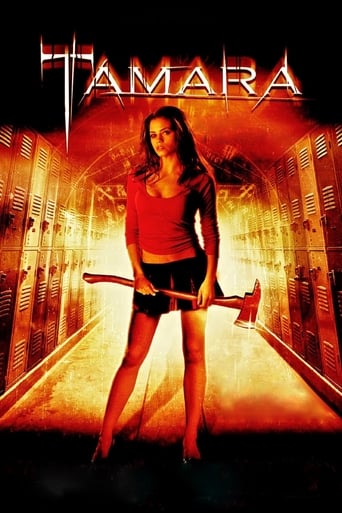
Reviews
How sad is this?
Good movie but grossly overrated
I like movies that are aware of what they are selling... without [any] greater aspirations than to make people laugh and that's it.
It’s an especially fun movie from a director and cast who are clearly having a good time allowing themselves to let loose.
The sixth film in Hammer's Dracula series and the second of the series to be released in 1970 alone, "Scars of Dracula" is a mostly lackluster addition. Although it resembles Bram Stoker's novel in a few ways, which is more than can be said of most of the follow-ups to Hammer's original 1958 adaptation, it doesn't adapt any of the novel's themes in particularly interesting ways. Hammer's prior 1970 Dracula film, "Taste the Blood of Dracula," on the other hand, did update the sexual hypocrisy of Stoker's 19th-Century tale for the era of Vietnam and modern youth counterculture. In that regard, it was far more in the spirit of Stoker than is "Scars of Dracula," despite the latter film sharing more in common with the novel's story particulars.As in the novel, here, Dracula has some control over animals— specifically, vampire bats. Unfortunately, the film is full of cheesy fake bats, but this does lead to the clearest view yet in a Hammer film of Castle Dracula, from a bat's-eye viewpoint. This time, the castle is on an impossible cliff's edge in some Germanic village (the castle and general settings of these movies keeps changing from film to film and is best when, as here, the exact locations are ambiguous). The bloody church scene might also be the best part in this film. Although, when we see the bats attacking and not just the aftermath, it is as hilarious for its cheesiness as it is gruesome.Christopher Lee's Dracula gets some lines again, too, and he's once- again a welcoming host—offering his guests drugged wine and beds for the night. Paul's visit, in particular, recalls Jonathan Harker's stay from Stoker. Clearly, since the kids in "Taste the Blood of Dracula" tarnished his home by making it over as a church and since the village mob this time feebly attempted to burn it down, Dracula has had time to do some interior decorating. He's decided to embrace a red theme this time, even including red candles. It accentuates his natural bloodlust well. Also from Stoker, there's a shot of Dracula scaling the outside walls of his castle. The last and first time this may've been done in a film was the Turkish adaptation, "Drakula Istanbul'da" (1953). Meanwhile, the business with Sarah's portrait recalls the device used in "Nosferatu" (1922) and several subsequent Stoker adaptations, but which is not in the novel.Otherwise, "Scars of Dracula" is sometimes dull in its plotting, sexist at other times and generally follows the horror cliché of promiscuous characters dying (Paul and the barmaid) and virgins surviving (Simon and Sarah). There are two brothers. Paul's the Don Juan of the family, and his adventure includes a supposedly- funny storyline regarding the burgomaster's daughter accusing him of rape. Carrying over Hammer's introduction of nudity to their series from "Taste the Blood of Dracula," this time they show us the backside, including as the daughter is chased up a staircase by her father. Next, the film follows Paul's chivalrous brother, Simon, as he annoyingly tries to ditch Sarah thrice before only temporarily succeeding the fourth time during their travels to the castle. Inexplicably, these brothers are like catnip to the ladies. It must be because of manly lines such as when Simon informs, "I can take care of myself, Sarah can't." Oh, brother.There's another slave for Dracula named Klove, as there was in Hammer's "Dracula: Prince of Darkness" (1966). Two characters in the same movie think it's a good idea to sneak into empty carriages; spoilers, it's not a good idea. There's a female vamp who claims to be a prisoner at the castle, a la Hammer's original 1958 film. Dracula stabs her to death, and he scars his slave with a flaming- hot sword. For the finale, Dracula's combustibility from a lightning strike was one of the strangest and weakest deaths yet in the series.(Mirror Note: Like another 1970 Dracula film starring Christopher Lee, Franco's fairly-faithful adaptation, this one also inexplicably has a mirror inside Castle Dracula. This time, there's a relatively small mirror in the room where Paul and Sarah stay. The female vampire is seen through this mirror, although since she is also killed by Dracula's blade, she's an odd one of her species in general. Hammer had screwed up vampire reflections already in "Dracula has Risen from the Grave" (1968), too.)
One of the more ho-hum entries in the Hammer Dracula series, but still worth a look for fans. The special effects are hokey as all-get-out, the continuity with the prior film isn't there, and Christopher Lee seems bored most of the time. Patrick Troughton is good as the wild-eyed bushy-haired Klove, Dracula's servant. Also, this one uses a lot of elements from the Bram Stoker novel, which is interesting considering it took them six movies to do that. Overall, there are some ridiculous scenes but it's fun for what it is. I disagree with those who claim this is the worst of the series. Satanic Rites and the kung-fu one are much worse.
This is a sequel to Taste the blood of Dracula. It is one of the best sequels ever. This very scary. It has great special effects. It also has a great story line. This movie as great acting. Dracula is resurrected. And continues his rain of terror. This is one of the scariest movies ever made. If you like really scary movies. Then you need to see this movie. It is very intense. Dracula A.D 1972 is a little better. The satanic rites of Dracula is also a little better. This is the sixth hammer Dracula movie and it is scarier then the first five. This is scary then The Exorcist. IF this movie does not scary you then no movie will. This movie is a must see.
In spite of Christopher Lee's greater than usual screen time and Patrick Troughton's presence, this is by far my least favourite of the Hammer Dracula series. It's a rather uninspired affair. It seems like a hodge-podge of the best bits from the previous five films. It's basically Hammer by numbers. This is an observation rather than a criticism but it's a bit odd that this is the third consecutive "Dracula" film with a major character named Paul! Dennis Waterman is badly miscast as the very post and boring Simon Carlson. It's probably most notable for being Hammer stalwart Michael Ripper's final horror film for the company. He's as good as ever in his rather lacklustre swansong.On the bright side, Christopher Lee is still as wonderfully creepy and entertaining as Count Dracula as usual, in spite of the fact that he had seemingly tired of the role by this point. I liked the fact that it hearkened back to the novel (as well as the first film) in portraying Dracula as an elegant host. This is the first time that he has actually said more than a few, short lines to someone (other than one of his minions) since his conversation with Jonathan Harker in the original film. His death scene was awesome, the best sequence in the film. Patrick Troughton is excellent as is Michael Gwynn as the priest. I've never seen Jenny Hanley in anything before and I was struck by how much she resembled her mother Dinah Sheridan.
